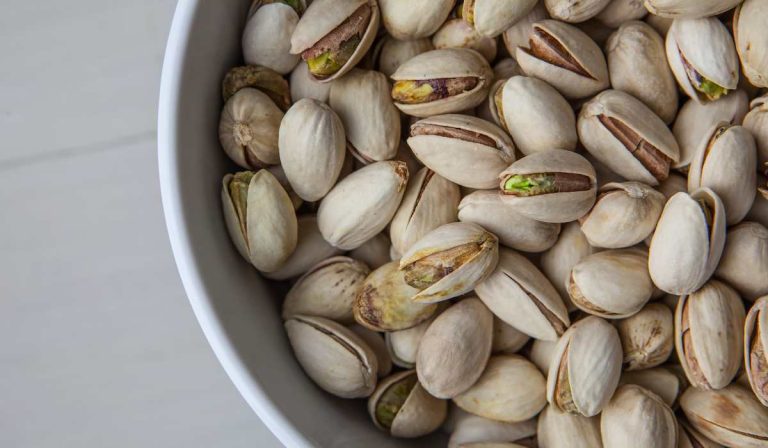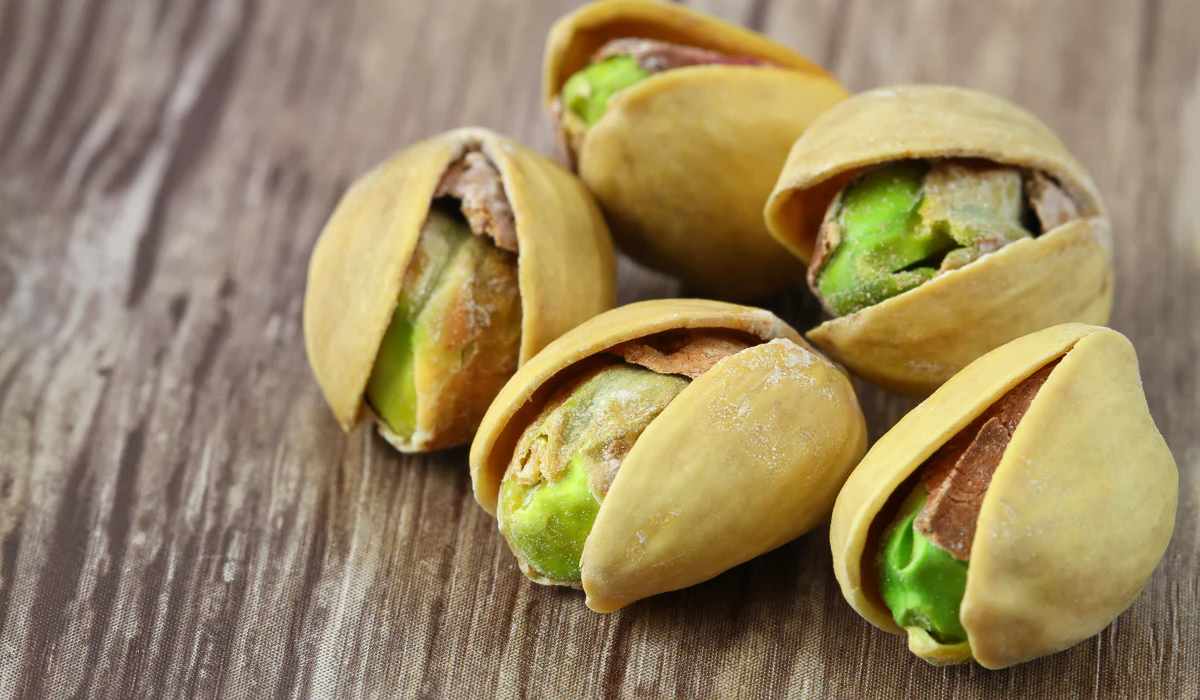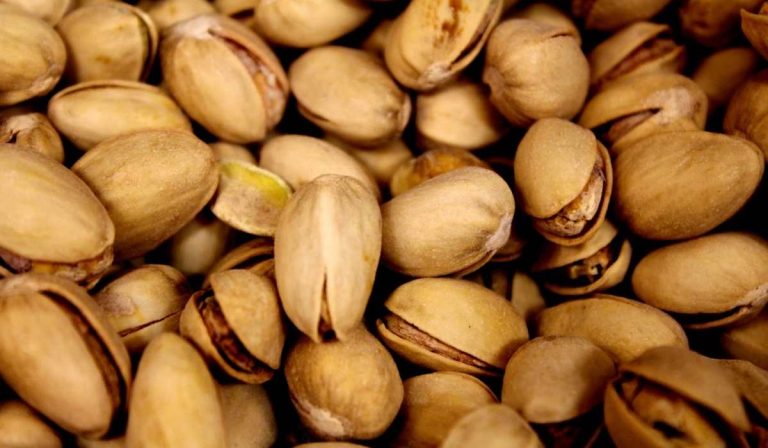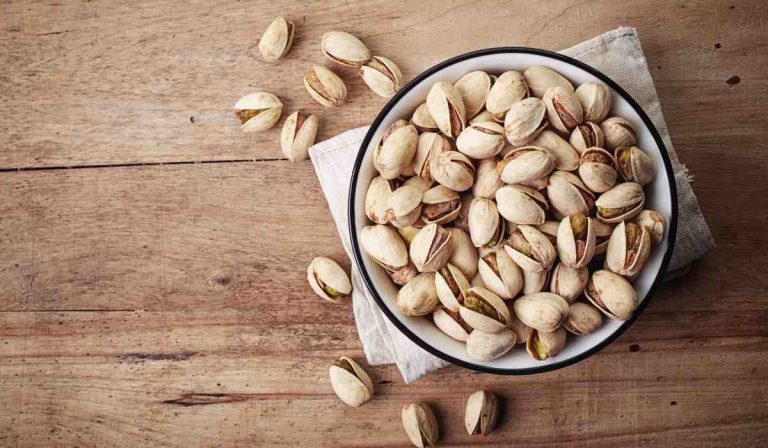You can find pistachio suppliers and wholesalers in any region of the world. They compete mostly through price wars. For example, one type of pistachio is bought in Iran at two or three different prices.
When it comes to exporting and importing pistachios to international markets, there are three main types of pistachio suppliers. Some countries export their pistachios.
These organizations are called Produced Pistachio Suppliers (PPS). Some countries also import pistachios for re-export.
This category consists of non-production pistachio sellers (NPS). A third group of pistachio providers is responsible for facilitating the distribution of pistachios within a country.
These people are known as pistachio importers (IPS). This article examines the production and export of pistachios in the past, present and projected future of PPS.

If necessary, a comparison is made between the two. Our blog discusses pistachio suppliers, both NPS and IPS (imported pistachio suppliers), elsewhere.
Where can I get pistachios with PPS?
A few countries supply most of the world’s pistachios. Approximately 86 percent of the world’s pistachios are produced in the United States, Iran, and Turkey, and another 14 percent are produced in Syria, Italy, Spain, Greece, Tunisia, Afghanistan, China, and Australia.
Online sections detail each country’s export volume and target markets. The United States is the largest supplier of pistachios, accounting for about 46% of the world’s supply of pistachios.
In 2020, more than 225,000 tons of the country’s pistachio product were exported. Iran falls short, while the United States wins. Now the United States dominates the world pistachio industry due to the very good production of Iran in recent years.
While Table 2 shows that production has grown and government subsidies for marketing have helped, U.S. pistachio exports have made little progress. The main destinations of American pistachios are the European and Chinese markets (including Hong Kong).

The top three destinations for American pistachios are Germany (30%), Belgium (27%) and the Netherlands (14%). US pistachio exports to Germany have increased from 9,500 tonnes in 2014 to the current level of 19,500 tonnes (8,600 tonnes).
Iran’s share in the world pistachio market has decreased to 26% due to several factors including severe water shortage and poor post-harvest management.
As a result of the sanctions imposed by the United States, Iran’s pistachio exports have been affected, although not as much as domestic factors.
Iran is a stable supply of pistachios for its client countries despite the fluctuations in the yield of the product. To satisfy customers, about 75% of the country’s annual production is exported.
In 2020, Iran exported more than 185 thousand tons of pistachios, mostly in shell, to international markets, which was a 30% increase compared to 2019 (140,000 tons).
In 2021/22, about 135,000 tonnes will be sold to overseas markets. Iran’s market share in pistachio nut industry is unusually high.
It is believed that Iran provides approximately 70% of the world supply of pistachio nuts. In Table 3, a comprehensive description of Iran’s pistachio export percentage and key markets in 2020 is provided.

77% of Iran’s exported pistachios are in the form of shelled nuts, 12% are in the form of closed kernels, 10% are natural kernels, and 1% are pistachios with green skin (GPPK).
Although Turkey is a producer of pistachios, it is not a major exporter of nuts. Only one percent of the world’s exports come from this country, which is much less than the United States and Iran.
Europe accounts for about fifty percent of Turkey’s pistachio exports. Turkey continues to export pistachios to many countries including China, United Arab Emirates, Iraq, Israel, Jordan, Lebanon and the United States.
Italy (67%) and Germany (18%) are the largest consumer markets in Europe. It is followed by Spain (2%) and Italy (1%).
Turkey is the second largest consumer of pistachios in the world after the United States. Most of the pistachio sellers in Turkey provide services to grocery stores and restaurants in the region. Most of the pistachio harvest in this country is used to prepare Turkish baklava.
Never before have there been so many pistachios for export. In 2020, Turkey shipped 20,000 metric tons of pistachios to international markets. However, this year’s harvest is only 89,000 tons, which is a small amount.
It seems that without pistachio imports, the domestic market may not survive until 2022. Syria accounts for about 3% of the world supply of pistachios.
INC forecasts that Syria will produce around 22,000 tonnes in 2021/22. Most of Syrian pistachios are grown and collected in the northwest of Murak region.
The city is responsible for sixty percent of the country’s production. Syria is seen as a recovering pistachio.

Syria sold 556 tons of pistachios to Europe and Arab countries in 2020, although this number is not in any official document. Before 2014, the country’s pistachios were exported to Europe, Saudi Arabia, Lebanon, Iraq and Turkey.
The country that produces the most pistachios in Europe is Italy. About 3,000 tons of pistachios are harvested in this country every year, 90% of which originate from the Bronte region in the province of Catania, Sicily.
In 2021/22, the country is expected to produce 1,000 tonnes. To meet local demand, Italy imports an additional 6,000 to 8,000 tons of pistachios annually.
The country is now losing 1,200 metric tons of pistachios. In Greece, 7200 metric tons of pistachios are produced annually. Most pistachios are grown in the Attica region, which includes Aegina.
Europe and other parts of the world received about 1056 tons of pistachios without shell and shell. Italy (368 tons), Spain (102 tons), Cyprus (96 tons), Bulgaria (68 tons) and Lithuania (10 tons) were five important markets for Greek pistachios (80 tons).










